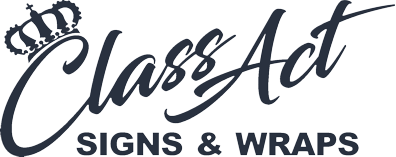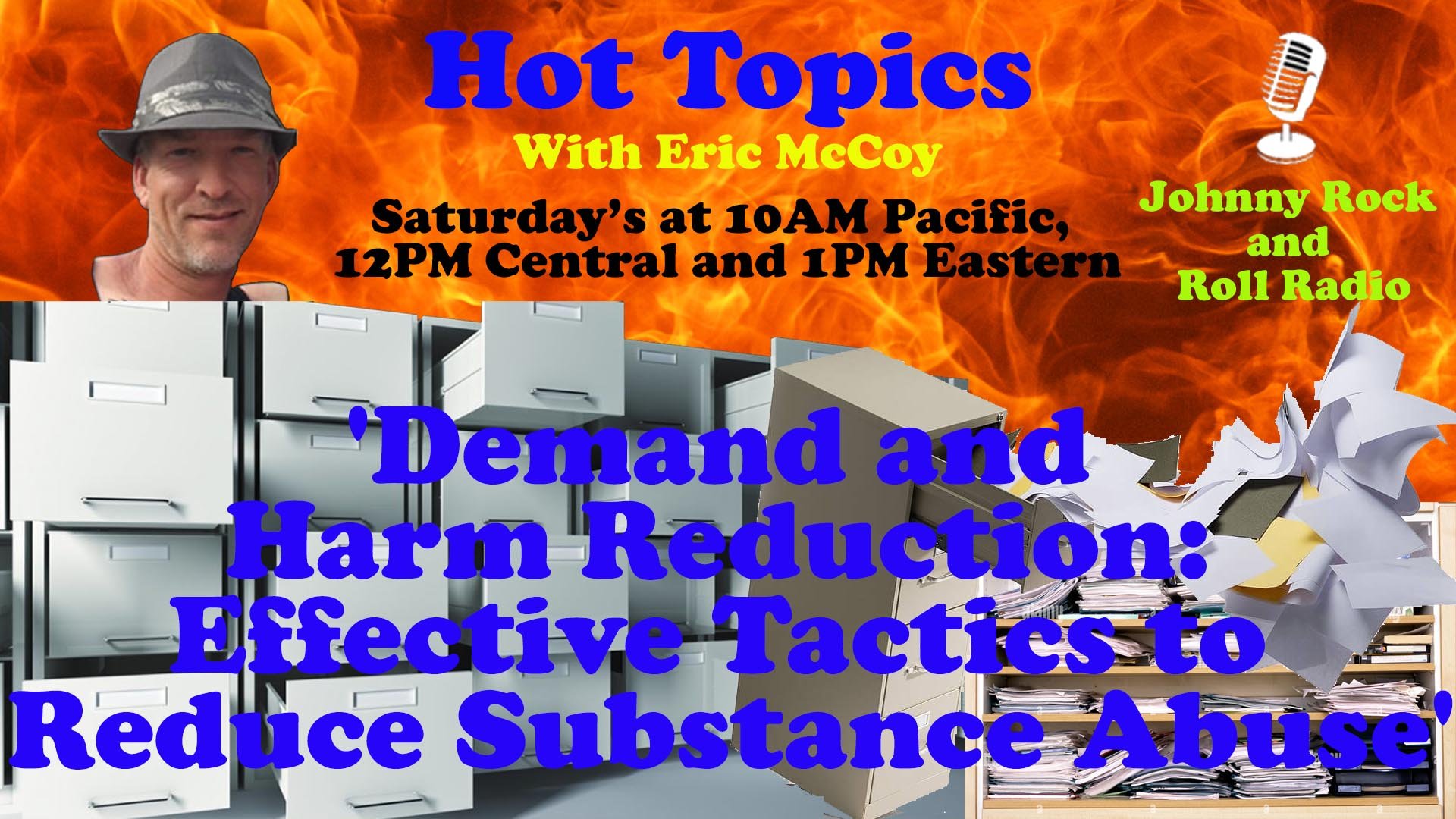Episode 6 - 'Demand and Harm Reduction: Effective Tactics to Reduce Substance Abuse'
The war on drugs is a global campaign, led by the U.S. federal government, of drug prohibition, military aid, and military intervention, with the aim of reducing the illegal drug trade in the United States. This is designed to reduce supply. Our target today is going to be a discussion on something that may actually be effective.
The simplest question I ask is, do our policies keep us from having access to drugs? Do our policies currently help keep us safe? Do our policies help people feel comfortable in coming forward and saying, I have a drug problem? The answer to all of those are no.
Every time a politician says we need to get hard on drug dealers and increase the penalties will help a hundred more people decide to become drug dealers. Increase the penalties, you increase the value and money will drive people to do anything.
Demand reduction is where we can begin to focus on helping our people not want to buy the drugs that our federal government doesn’t catch as it makes its way into our homes.
(1)The term “demand reduction” means any activity, other than an enforcement activity, that is intended to reduce the use of drugs, including— (A)drug abuse education; (B)drug abuse prevention; (C)drug abuse treatment; (D)drug abuse research; (E)drug abuse rehabilitation; (F)drug-free workplace programs; (G)drug testing, including the testing of employees; and (H)interventions for drug abuse and dependence.
Any tactic that pushes fear rarely works because a child’s mind says it won’t happen to me, and the DARE program that teaches solely abstinence without educating on solutions if the student develops a drug problem is a disservice. Listen, as I have said, I live in the real world and teach clients things that aren’t normally taught because counselors have a crazy assumption that their client will not relapse.
Working with people requires empathy which is to strive to understand.
Reduce demand is a tactic that needs to be implemented based on the understanding of human nature, the real world, and appropriate tactics.
The other strategy is Harm reduction which is a set of practical strategies and ideas aimed at reducing negative consequences associated with drug use. It Accepts, for better or worse, that licit and illicit drug use is part of our world and chooses to work to minimize its harmful effects rather than simply ignore or condemn them acknowledges that some ways of using drugs are clearly safer than others
Establishes quality of individual and community life and well-being — not necessarily cessation of all drug use — as the criteria for successful interventions and policies
Calls for the non-judgmental, non-coercive provision of services and resources to people who use drugs and the communities in which they live in order to assist them in reducing attendant harm
Ensures that people who use drugs and those with a history of drug use routinely have a real voice in the creation of programs and policies designed to serve them
Recognizes that the realities of poverty, class, racism, social isolation, past trauma, sex-based discrimination, and other social inequalities affect both people’s vulnerability to and capacity for effectively dealing with drug-related harm
And Does not attempt to minimize or ignore the real and tragic harm and danger that can be associated with illicit drug use
Safe injection sites are otherwise known as supervised injection sites, overdose prevention centers, and drug consumption rooms. They provide a user with a safe place to use with a ready clinician prepared to step in, in the event of an overdose.
A form of harm reduction that is legal is the maintenance programs such as methadone and suboxone maintenance. In these cases they are substituting a legal drug for an illegal substance.
I would much rather see these people on suboxone or Subutex than dead. These are regulated and obviously come from a pharmacy; so they are much safer.


